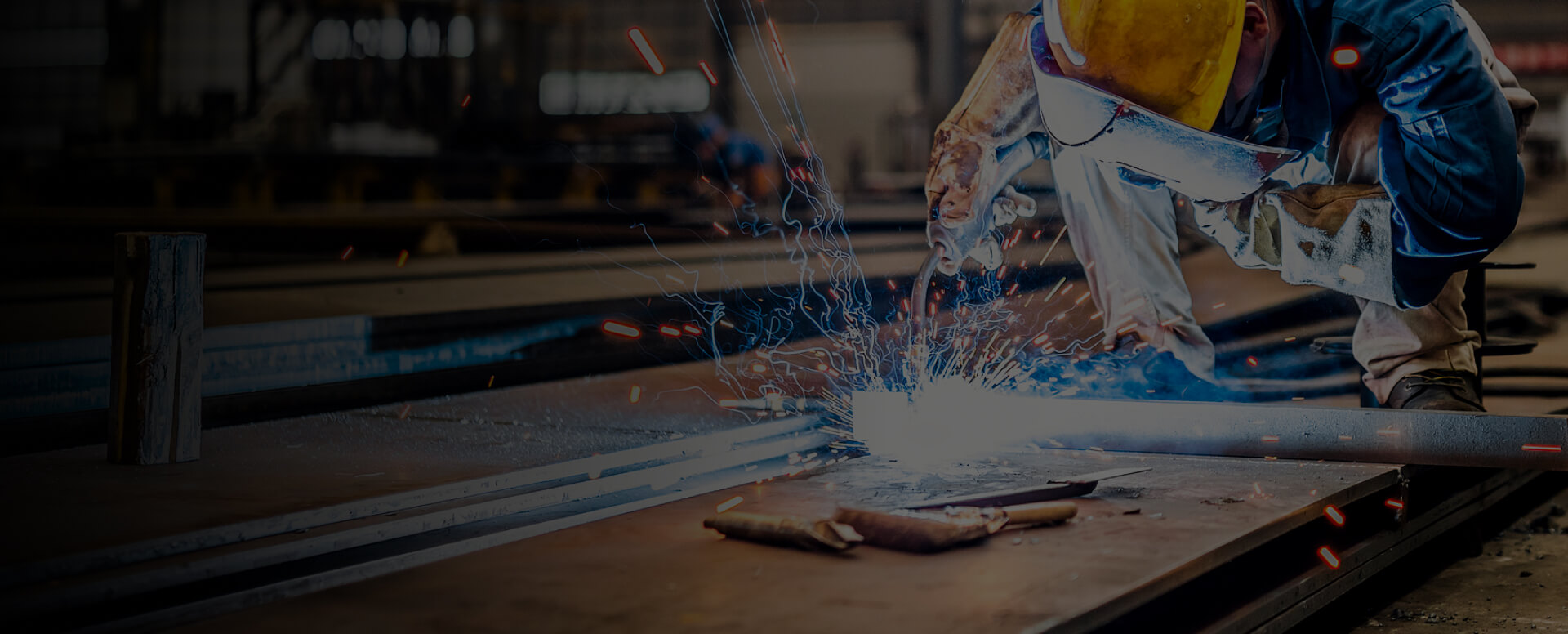
Components of a Plasma Cutter Torch
A plasma cutting torch consists of several key parts, including the electrode, nozzle, swirl ring, shield, and electrical and gas supply components. Each plays a critical role in ensuring precise and efficient cutting.
Core Components
1. Electrode
The electrode serves as the electrical contact point between the plasma cutter and the material. Typically made from hafnium or tungsten, it withstands extreme heat and high current to initiate the plasma arc.
Material Choice: Hafnium and tungsten are preferred for their high melting points and durability.
2. Arc Ignition: The electrode generates the initial spark to ionize the gas and form the plasma arc.
Wear and Replacement: Due to high electrical and thermal stress, electrodes require regular inspection and replacement.
3. Nozzle
The nozzle focuses the plasma stream onto the workpiece and is crucial for achieving a clean, precise cut. It is usually made of copper for its excellent electrical and thermal conductivity.
Design Impact: Nozzle geometry affects the speed and shape of the plasma jet.
Copper Advantages: Copper resists heat and maintains stability under high-current conditions.
Interchangeability: Different nozzle sizes or styles may be used to adapt to various materials and cut qualities.
4. Swirl Ring
The swirl ring causes the plasma gas to rotate as it passes through, stabilizing the arc and improving cut concentration and efficiency.
Material: Often made from ceramic or other non-conductive materials to avoid electrical interference.
Function: Adds a swirling motion to the gas for better arc stability and cut quality.
Compatibility: Swirl rings are often model-specific; correct matching is essential.
5. Shield
The shield surrounds the nozzle, protecting internal parts from spatter and molten metal during cutting. It also helps control the plasma flow.
Protection: Shields the nozzle from damage and extends component life.
Cut Quality: Containing the arc, it helps maintain a consistent and clean cutting process.
Electrical and Gas Supply Components
1. Power Supply
The power supply converts AC line voltage into the DC needed to generate and sustain the plasma arc.
Conversion: Transforms AC to DC for stable arc generation.
Voltage Requirements: Modern systems often use high-frequency starts for non-contact arc ignition.
Safety Features: Includes protections against overcurrent and overheating.
2. Control Circuitry
This system regulates current output based on material thickness and ensures safe operation.
Regulation: Adjusts amperage for different materials and applications.
User Interface: Often includes digital controls for easy adjustment of settings.
3. Compressor
Supplies compressed air to the plasma cutter, which is used to generate the plasma stream.
Pressure Range: Must deliver air within the required pressure range for optimal performance.
Oil-Free Preference: Oil-free compressors are recommended to avoid contamination.
Capacity: Must meet the air consumption requirements of the plasma system.
4. Air Filter
Removes contaminants like moisture, oil, and particles from the compressed air to maintain cut quality and protect the torch.
Filtration Media: Multi-stage filters ensure clean, dry air.
Maintenance: Regular filter replacement or cleaning is necessary.
Auto-Drain Option: Some filters include automatic drains to remove accumulated water.
Connections
1. Power Cable: Supplies electricity to the unit. Must be of adequate gauge and length to prevent voltage drop.
2. Air Hose: Delivers compressed air from the compressor to the cutter. It should be rated for the required pressure and resistant to heat and abrasion.
Related Articles

Metals Suitable for MIG Welding And Its Challenges
MIG welding, also known as Gas Metal Arc Welding (GMAW), is widely used across industrial and hobby applications due to its versatility and ability to join a variety of metals. However, some metals—including titanium alloys—pose challenges due to their reactive nature and other inherent properties.C

What Materials Are Not Suitable for Plasma Cutting?
Materials Suitable and Unsuitable for Plasma CuttingPlasma cutting is a process that uses an accelerated jet of hot plasma to slice through electrically conductive materials. While it excels with metals like steel, aluminum, brass, and copper, it is not suitable for non-conductive substances such as

Plasma Welding: Applications, Benefits, And Industry Use Cases
Plasma welding is widely used in industries such as aerospace, automotive, and electronics due to its ability to deliver precise and high-quality welds.History and Development of Plasma WeldingThe quest for effective material joining has driven innovation for centuries. Welding, in its many forms, h

TIG Welding: Key Drawbacks And Comparisons with Other Methods
TIG Welding: Key Drawbacks and Comparisons with Other MethodsTIG (Tungsten Inert Gas) welding, also referred to as GTAW (Gas Tungsten Arc Welding), is known for producing high-quality and precise welds. However, it comes with notable limitations, including high skill requirements, slower operating s

Why Is Overhead Welding Considered The Most Challenging Position?
Due to issues with accessibility and the effect of gravity, overhead welding is widely regarded as the most difficult welding position.Overview of Welding PositionsWelding positions define the orientation of the weld relative to the workpiece and significantly influence both the ease of welding and

Can MIG Welding Produce Strong Welds?
Yes, MIG welding is capable of producing strong and durable welds when performed correctly using appropriate techniques and parameters.Factors Influencing MIG Weld StrengthMIG (Metal Inert Gas) welding is valued for its versatility and efficiency. The strength of a MIG weld depends on several key fa

